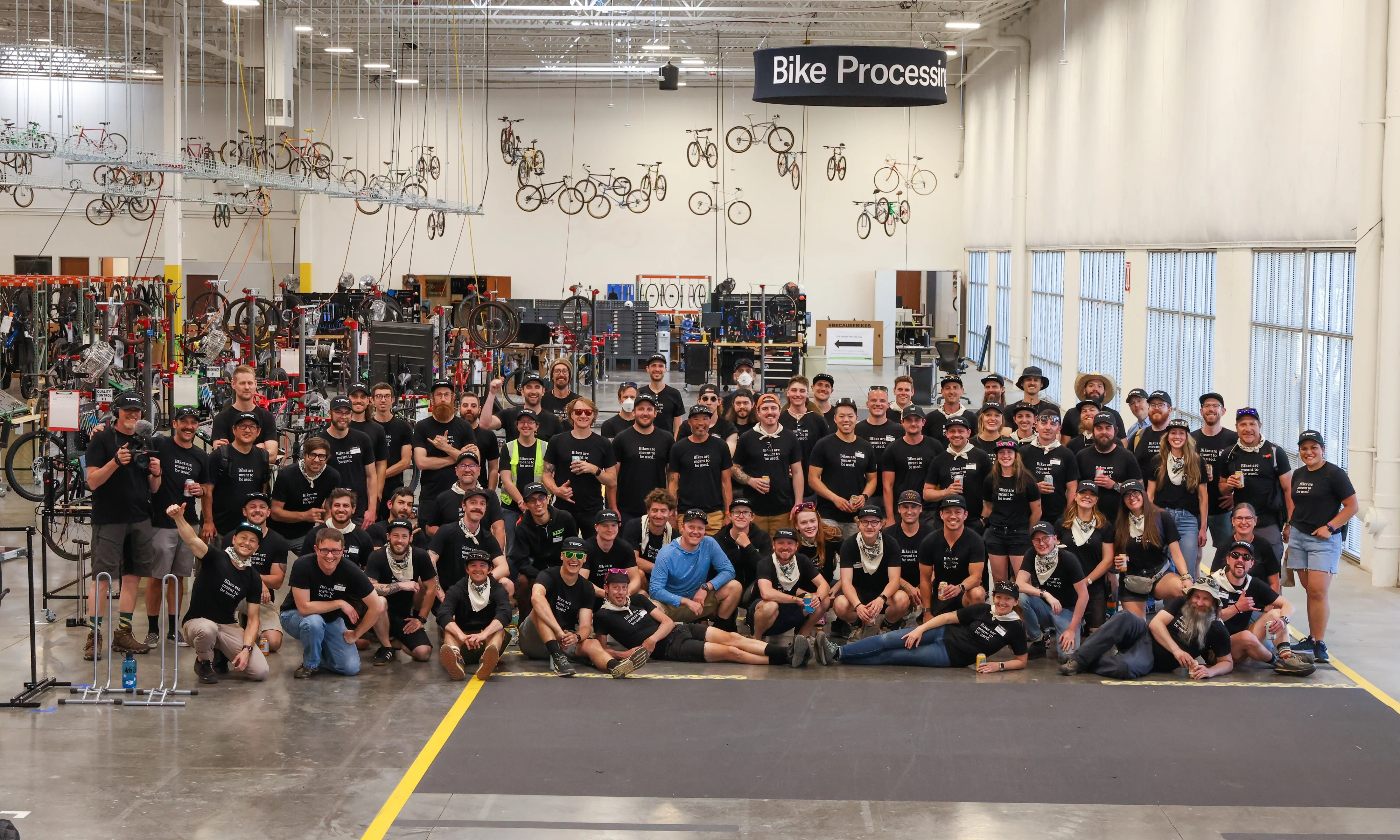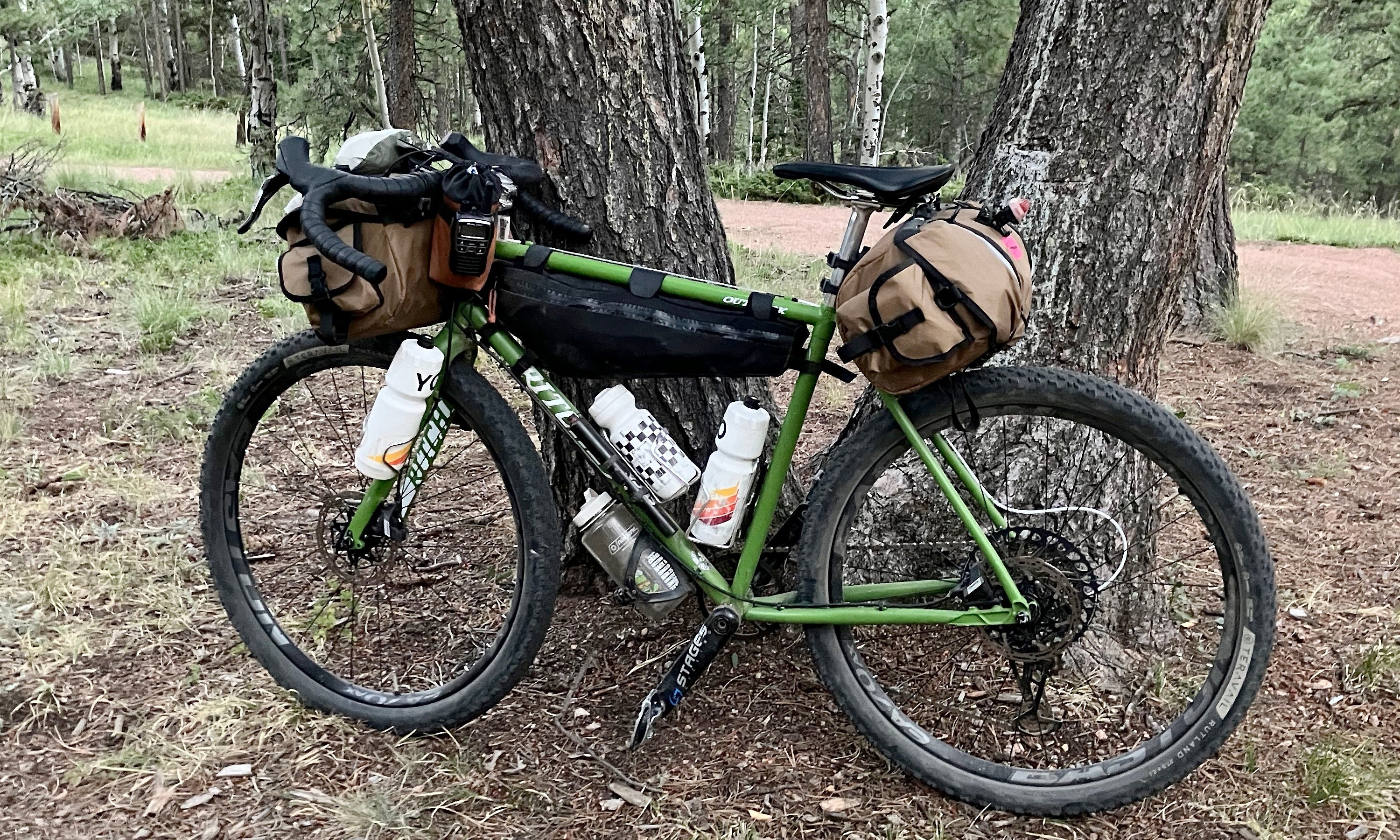Unbound requires a level of endurance many riders never tap into. You don't need a 485W FTP like Matt Beers here, but you do need to be comfortable riding your bike for 12 hours or more.
I am not a superstar athlete. I don’t have much natural talent. I didn’t grow up playing sports. I’ve never been someone fighting for podiums, or even age group results. I’m just a regular cyclist trying to be better than I was yesterday, who currently thinks riding 200 miles in one day sounds hard, but FUN. This is a nice place to be fitness-wise.
How did I get to this point? I trained. But my training doesn’t look like a dramatic Rocky montage. It isn’t intense, strict, or sexy. If anything, I’d call my training style relaxed, boring, and “easy,” and it’s what I’ve found works best for me — a person with a family, a full-time job, and other obligations and hobbies that make dedicating myself to training difficult.
[button]Shop Gravel Bikes[/button]
The One Weird Trick to Get Fitter
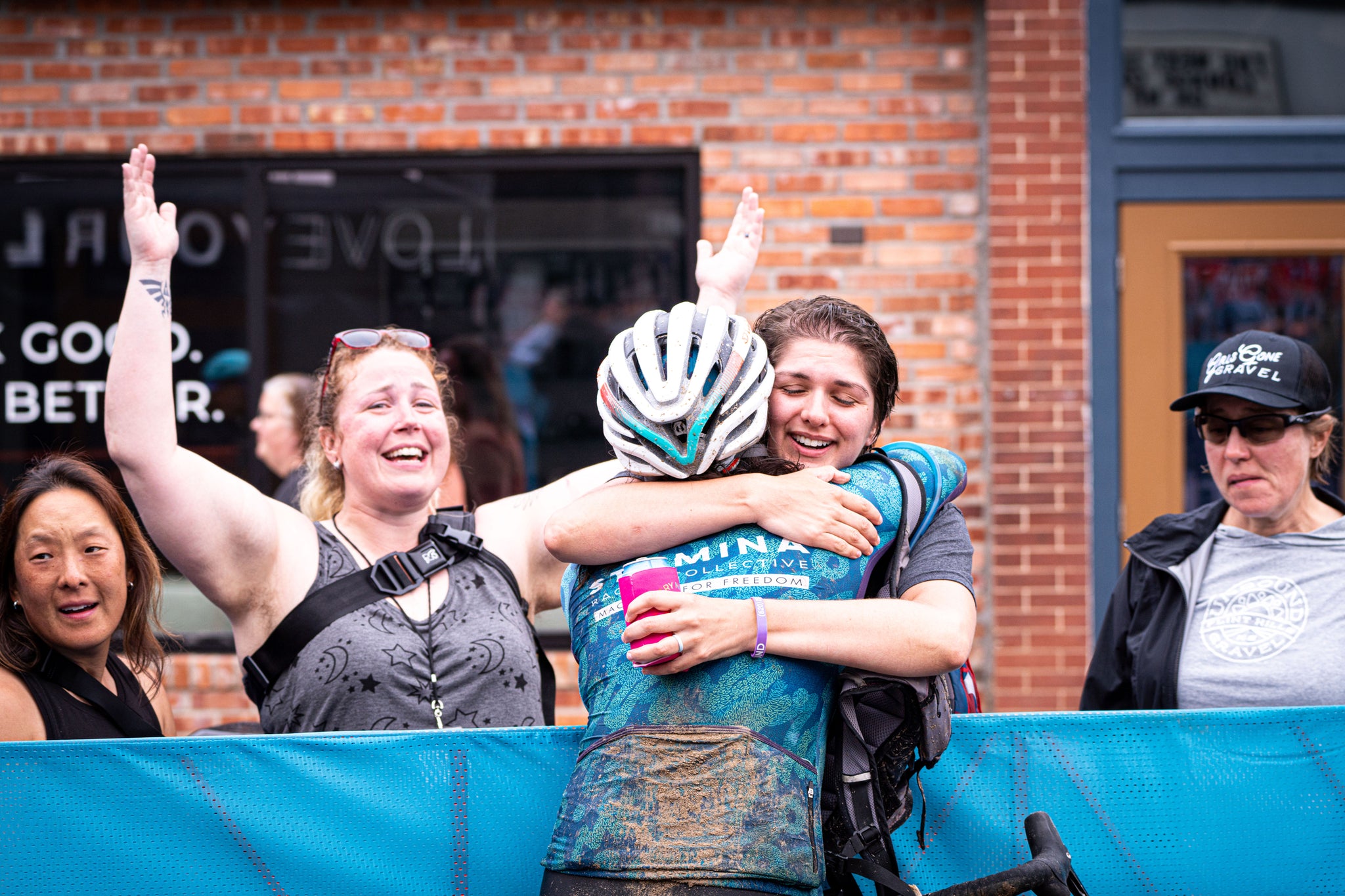
You want to experience the joy of finishing, right? Use this one weird trick and you can.
There is one simple secret that will transform from a rider who can’t ride 200 miles, to a rider who CAN and WILL ride 200 miles: Ride your bike A LOT.
If that sounds stupidly simple, it’s because it is stupidly simple. To improve at riding your bike, the main thing you need to do is ride your bike more. Of course, there is a bit more nuance to it. When I say “ride your bike a lot” it essentially means “ride consistently.”
When it comes to training, consistency is king. This is something you’ll hear from pretty much any cycling coach.
[button]Tips From Top Cycling Coaches[/button]
What exactly does “consistency” mean though? Here’s a hypothetical situation from Frank Overton of FasCat coaching:
- You only have 5 hours a week to ride your bike.
- Is it better to do five 1-hour rides spread throughout the week, or a single 5-hour ride once a week?
The answer is five 1-hour rides. Sure, you’re not getting a long ride, but riding more consistently throughout the week, and repeating that week after week, is better for building endurance and fitness than having big spikes and gaps in your training.
This is essentially my entire training strategy. I just focus on staying consistent — I ride my bike several days a week, week after week.

I haven’t missed a week of riding in the last 18 months (I have an indoor trainer for the winter months). If I look back over the last 3 years, I’ve only had 2 weeks where I didn’t record some sort of riding or running activity. For me, that is excellent consistency. The result is that I’ve gone from 205 pounds and very slow in 2021 to 175 pounds and somewhat respectable in 2024.
I didn’t use any complicated training plan. I almost never do intense interval workouts. I have tried following structured training plans before but I always end up missing workouts. They usually just add stress to my life and sap the joy out of cycling for me.
Instead, I prefer to keep things “easy.”
[newsletter]
How I’m “Training” for Unbound Gravel
 Intense training plans suck the joy out of cycling for me.
Intense training plans suck the joy out of cycling for me.
- I ride 4-6 times a week, EVERY WEEK
- I do 1-2 long or hard rides per week
- I focus on recovering well
If this seems absurdly simple, it’s because it is. That’s the entire point. The simpler the plan, the easier it will be to stick to and execute. This is what helps me stay consistent. Anyone with a bike and enough time to ride at least 4 times a week can do it.
Sticking to a simple framework adds flexibility. The number of rides per week and my total time on the bike can be tweaked to accommodate my fitness, schedule, and life. I just focus on squeezing in at least 4 rides throughout the week, and if I can do that, then I’m on track.
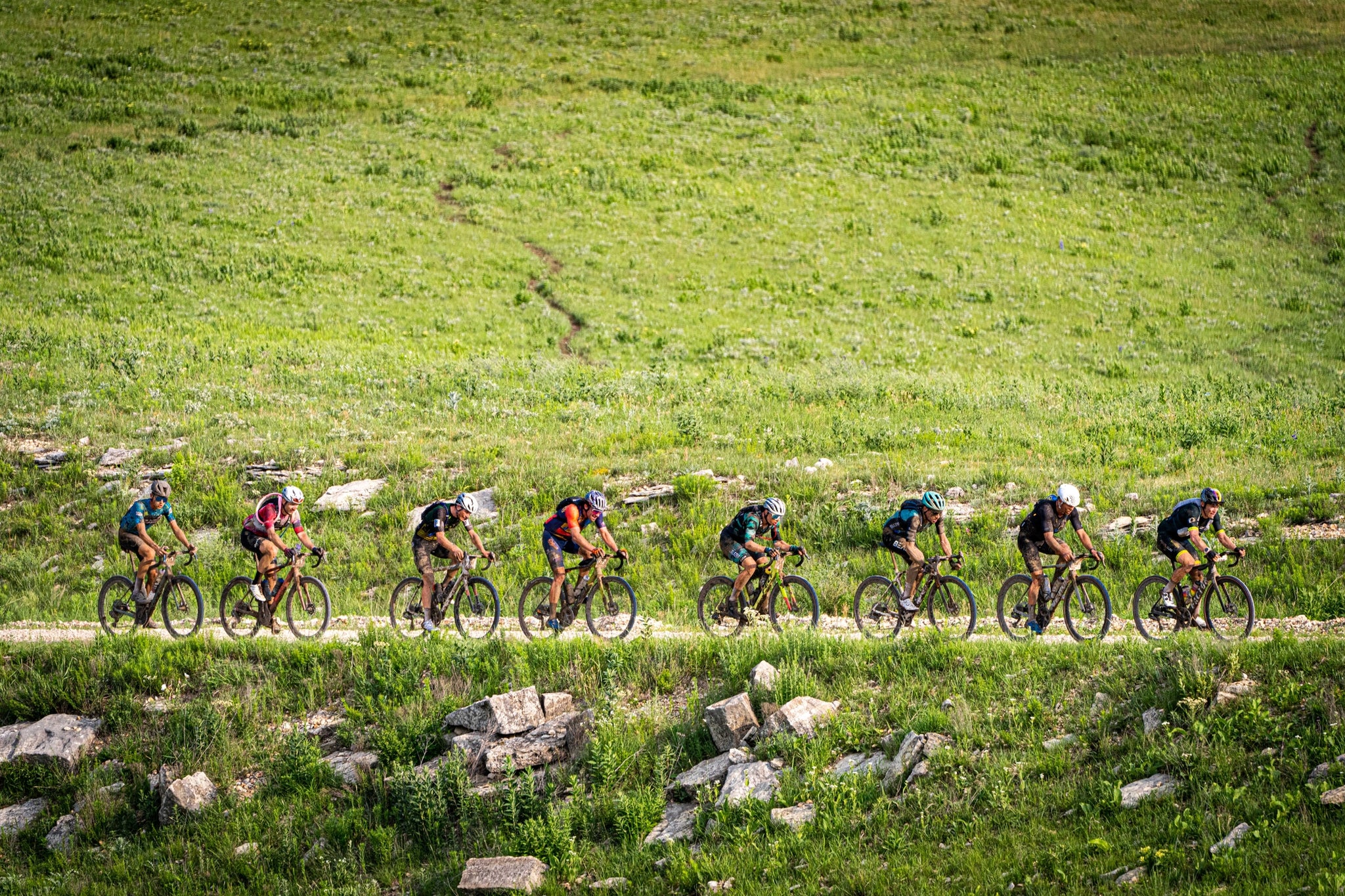 The vast majority of my rides are easy too. They’re what you’d call Zone 2 or “endurance” rides. These rides are chill. My perceived exertion is low (I can easily carry on a conversation while riding). My heart rate is low. My power is well below my threshold. I’m essentially greasing the groove.
The vast majority of my rides are easy too. They’re what you’d call Zone 2 or “endurance” rides. These rides are chill. My perceived exertion is low (I can easily carry on a conversation while riding). My heart rate is low. My power is well below my threshold. I’m essentially greasing the groove.
Most of your riding should be easy. Going easy means you don’t need as much time to recover so you can ride more often, and thus, stay more consistent.
If I do any high-intensity rides, I limit them once a week. I usually hop in the A-group of my weekly group ride and get plenty of time above threshold. I also only do one long ride (3+ hours) a week, mainly because that’s all my busy schedule allows.
Do Long Rides, but Build Your Volume Slowly
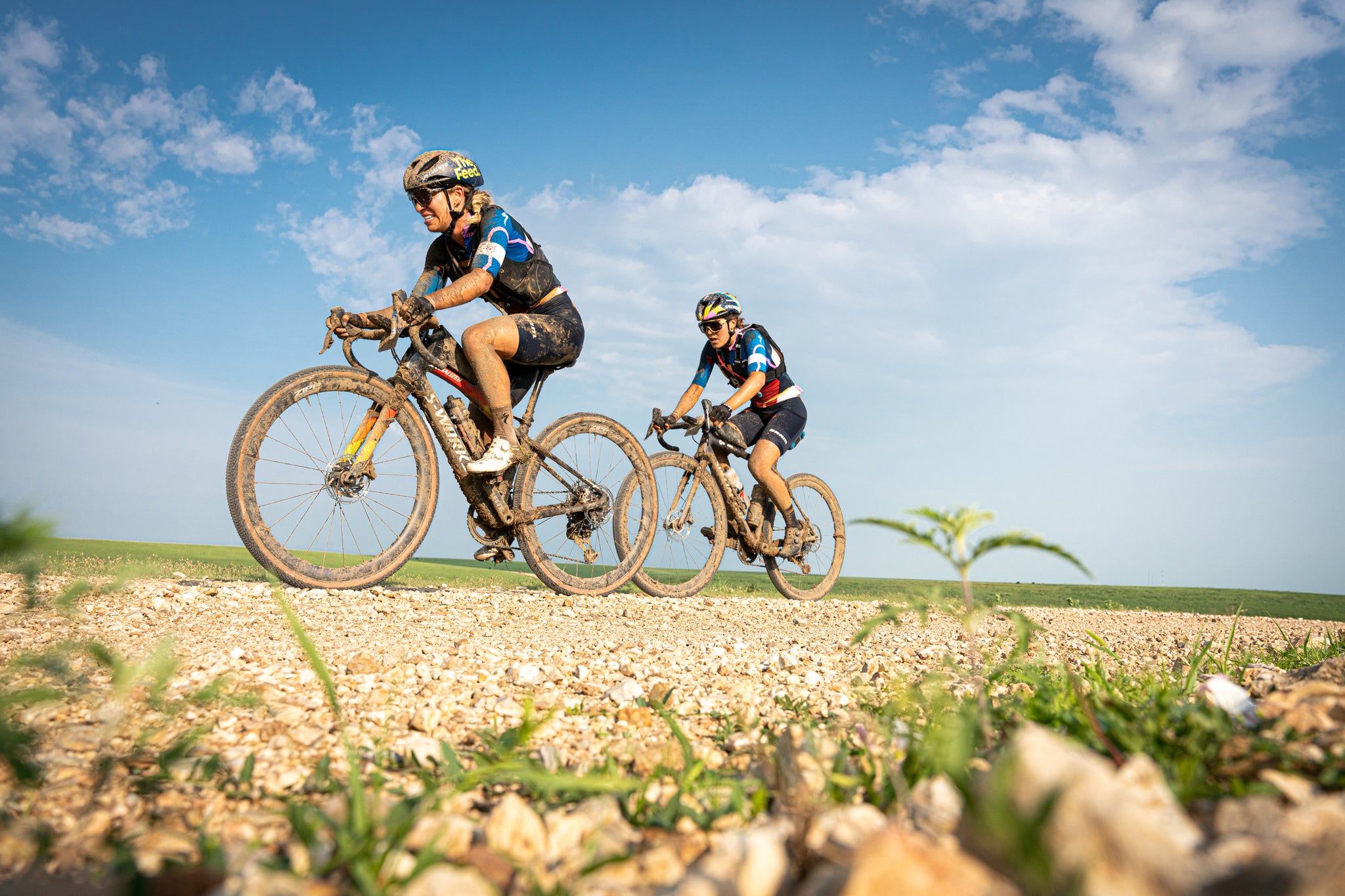
For intermediate-level riders, 1 hour a day, 5 days a week is a great place to start. Then, if you’re building up to a long-distance event like Unbound, you can slowly add more riding time to build up volume in the months leading up to your event.
The important thing is to build up your riding volume SLOWLY.
You want to add riding volume slowly because, again, we want to stay consistent. If you do too much too soon, you risk overtraining, injury, or burnout. The key is to ride just long enough so that you don’t feel totally wrecked and can still recover quickly. Being able to recover quickly will allow you to stay more consistent with your riding.
This is how it works for me. I do about 3-5 ~1 hour rides throughout the week. I fit these in whenever I can — early morning, lunch, or on the trainer after my kid goes to bed. With my schedule, this is pretty much all I can do during the week. Sometimes, I have less than an hour to ride, but I’ll still do it just to stay consistent. I have more free time on Saturdays to do a longer ride, so I usually ride for at least 3 hours.
In the months leading up to my target event though, I will gradually make this ride a bit longer. For example, I’ll push it to 3.5 hours for a couple of weekends. Then 4 hours for a couple of weekends. Then 4.5 hours, then 5 hours, and so on. I slowly build up the length of my long ride over weeks and months. Because I do it slowly, I never put myself into a hole where I have to skip riding for several days in a row.
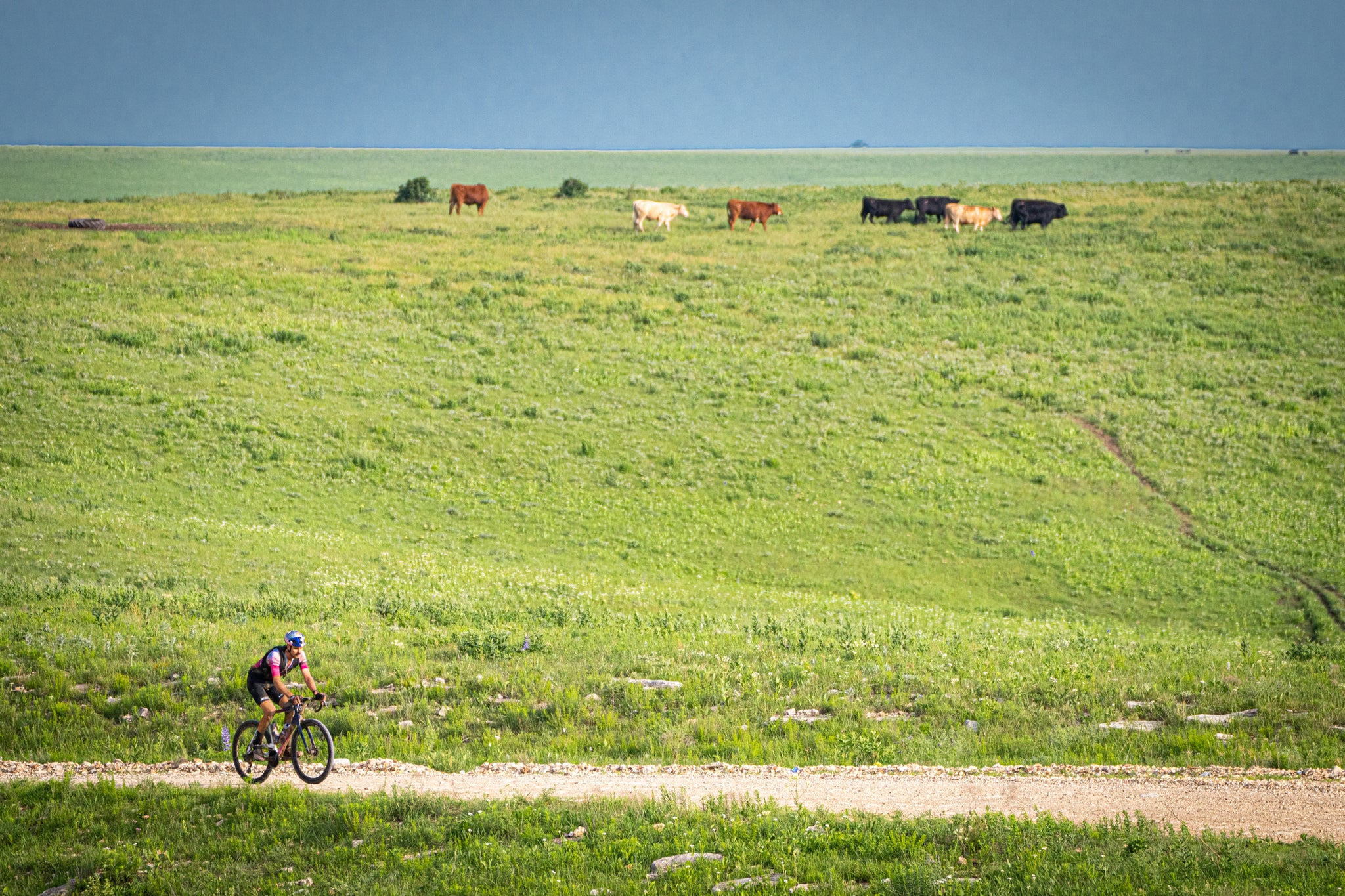
The longest rides I’ll probably do before a 200-mile event like Unbound are in the 8-10 hour range. For any extra-long race like Unbound, I try to keep my longest rides at around 60% of my expected finish time. I don’t try to do the full race distance because I’ll need too much recovery time afterward, which will mess with my main goal: consistency.
I also try to do my longest rides 3-5 weeks before my event and then start tapering back. This gives me ample time to recover so I arrive fresh on race day.
Also, note that I’m using “hours” rather than “miles.” For training purposes, hours are preferable because not all mileage is the same. Elevation gain, terrain, weather conditions, fitness, and equipment all affect the “value” of a mile. For building and tracking your riding volume, hours are much more useful. For me, thinking in hours reduces stress too because I don’t get hung up on distance.
Focus More on Recovery

“Focus on recovering well” is the third point in my “training plan” and it’s just as important as anything else. You need to rest well, especially after tough or long training days to reap the benefits.
There are 3 key things I focus on when it comes to improving recovery:
I fuel the work

I’m eating and drinking way more carbs on the bike than ever. Fueling properly on the bike has been amazing because I can return from 6-8-hour rides without feeling completely wrecked. I have more energy for the rest of my day, and I don’t have to binge eat or take a nap right after getting home. Fueling better during rides also means I recover faster after rides, so I can keep riding more, building that all-important consistency and volume.
[button]How To Fuel Long Rides[/button]
I play it safe and back off when I feel fatigued
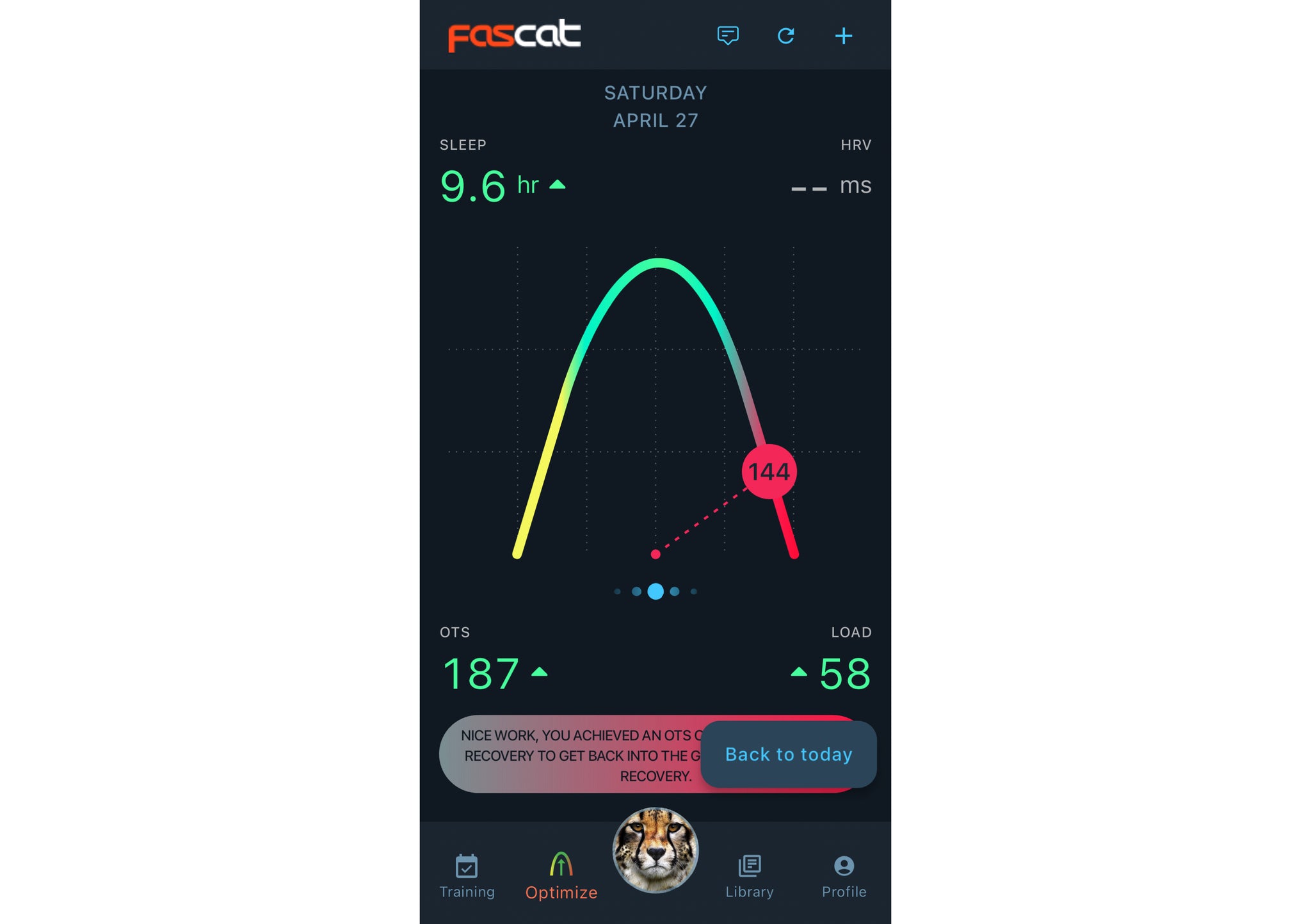
I’ve pushed through fatigue so many times in the past, and almost always, I get sick or end up digging myself into a hole. I end up missing days and getting gaps in my riding — i.e., I end up NOT being consistent.
This year, I’ve gotten a lot better at just taking a day or two off if I don’t feel good instead of pushing through it. I’ve even been using (paid) apps like the FasCat Coaching App. It’s connected to my Strava and my Garmin Connect which collects my daily health data from my smartwatch. Using this, the app gives me an “Optimized Training Stress” score for my rides that is based on stress, fatigue, training load, heart rate variability, and sleep. If this score gets too high and into the red, then I know I need to back off.
Trainerroad offers something similar with its “Red Light Green Light.” I’m using both apps right now, and both apps seem to agree with each other when I’m pushing too hard.
If you’re in tune with your body, you probably don’t need an app telling you what to do. Just rest if you’re feeling tired or sick. It sounds simple but for motivated riders like me, having a third party involved makes staying off the bike easier.
I work on my sleep hygiene

This is probably the biggest thing I suck at when it comes to recovery. I’ve been working on improving my sleep hygiene since the winter. I suffer from “revenge bedtime procrastination” where I like to stay up late to make up for a lack of leisure time during busy days.
This spring, I’ve focused on not taking screens to bed and getting in bed at a regular time every night. I’ve been… moderately successful. One tool I’ve found that has helped force me to shut down at night is a sleep mask. I have one with built-in Bluetooth headphones that I use to play white noise or rain sounds.
Just like any bike skill, sleeping well requires training. If you struggle with sleep like me, the key, again, is consistency. The more I go to bed at 10 PM, the easier it is to fall asleep at 10 PM.
Final Thoughts (& When to Get a Coach)
If you can combine consistent riding with gradual volume increases and good recovery, then the performance gains will be worth more than any piece of gear I’ve talked about in this entire Unbound series.
I wouldn’t call my approach to training optimized. But it lets me live my life without dedicating every waking moment to thinking and stressing about training for a big and scary race. I won’t maximize my potential, but I’m confident that I can make it to the finish without feeling absolutely miserable for the entire race, which is all a lot of us want.
 I'm a fan of Frank from FasCat. Search out his podcast too for more Unbound tips!
I'm a fan of Frank from FasCat. Search out his podcast too for more Unbound tips!
If you do want to take your performance to the next level, however, a professional coach can be really useful. A coach can provide a more targeted and structured plan. They can help keep you accountable and on track. They can listen to your pain points during training and make adjustments. There are a lot of good coaching companies out there (I’d suggest FasCat or Ignition), and a coach can really help you become the best athlete you can be.
If you aren’t ready to enter a coaching relationship with another person, AI coaching apps like TrainerRoad and FasCat provide a potential alternative. I’ve played with both apps this year and I used them to make training plans for Unbound with suggested workouts. Unfortunately, because I’m me, I completely failed to follow either plan. I still think dealing with a real person is more effective, but it’s really cool what technology and AI can do now and maybe you could find success using one of these products.
If I ever get more ambitious with my racing, I’ll probably turn to a real-life coach, just because I’m the type who needs someone watching me and pestering me to stick to a serious plan. For now, while my kid is young and my time is limited, my stupidly simple “training plan” is what works, and I’m happy.
Note: This is based on an older post: “The Easy Way to Train for Endurance Racing.” If you want more detail about the importance of consistency, check it out!
[button]Shop Gravel Bikes[/button]




